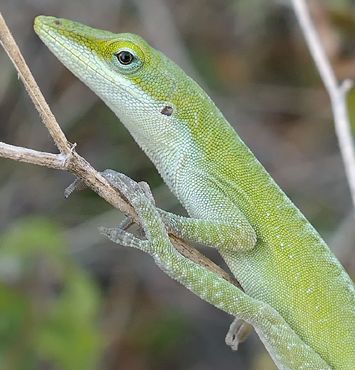
Anolis carolinensis (green anole)
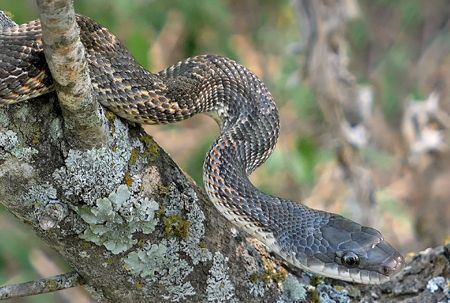
Elaphe obsoleta lindheimeri (Texas rat snake)
| An adept climber, this snake is often seen in trees and up in the rafters of sheds and barns as it searches for prey. It is non-venomous but tends to act rather boldly and will readily bite if threatened. |
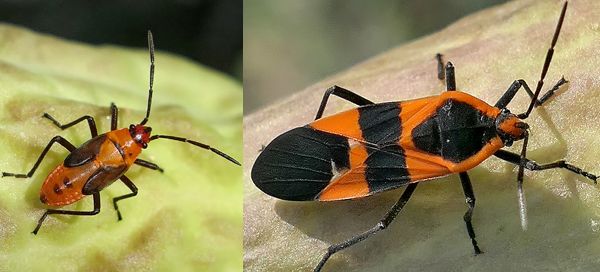
Oncopeltus fasciatus (large milkweed bug, nymph & adult)
| The orange and black aposematic colors warn potential predators that these bugs are distasteful, as they feed on milkweed latex that contains cardiac glycosides. |
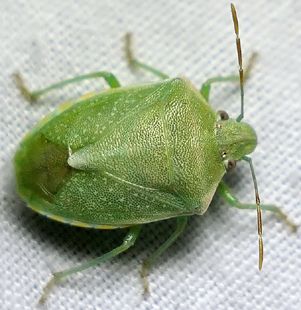
Thyanta custator (stink bug)
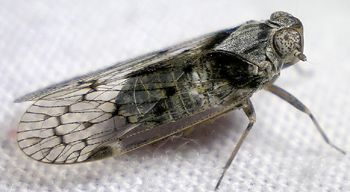
Melanoliarus sp. (cixiid planthopper)

Acanalonia laticosta (planthopper, nymph & adult)
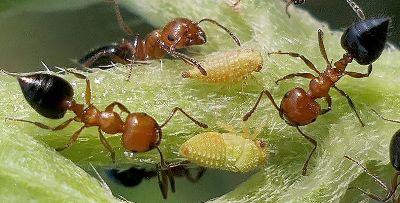
Crematogaster laeviuscula & Vanduzea sp.
(acrobat ants & treehopper nymphs)
| Though not as painfully potent as the venom of Imported Fire Ants, these Acrobat Ants can also sting, a defense that is useful as they protect these treehoppers which are the source of honeydew. |
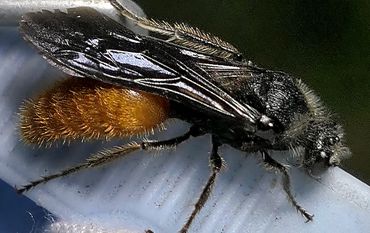
Timulla oajaca (velvet ant, male)
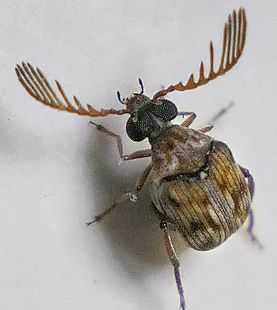
Megacerus cubiculus (bean weevil, male)
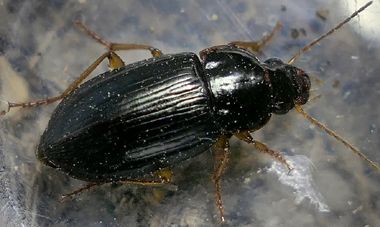
Notiobius sp. (ground beetle)

Harpalus paratus (ground beetle)
| Ground beetles, family Carabidae, are all agile predators possessing large, strong jaws. |
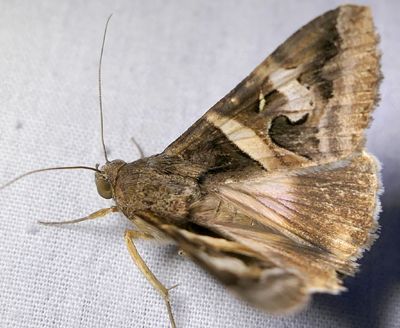
Melipotis indomita (indomitable melipotis moth)
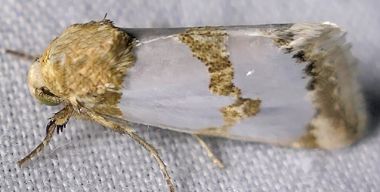
Schinia chrysellus (broomweed flower moth)
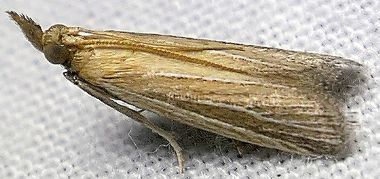
Peoria tetradella (grass-veneer moth)

Peoria bipartitella (grass-veneer moth)
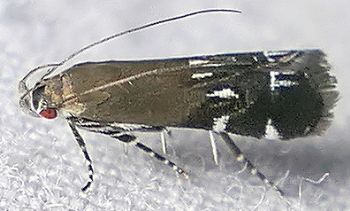
Anacampsis levipedella (moth)
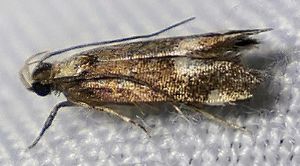
Chionodes mariona (moth)

Isophrictis similiella (moth)
| The curved or forward pointing projections visible on the heads of most of the moths shown here are called labial palps. They usually have sensory hairs or bristles. |
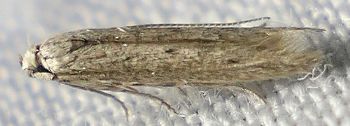
Haplochrois bipunctella (moth)
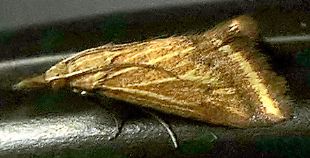
Microtheoris ophionalis (yellow-veined moth)
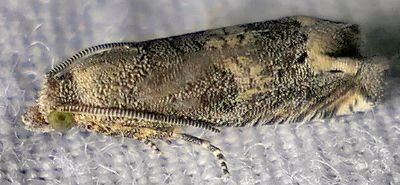
Epiblema strenuana (ragweed borer moth)
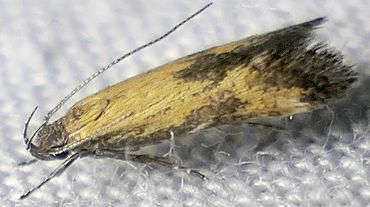
Triclonella bicoloripennis (moth)

Scythris trivinctella (banded scythris moth)
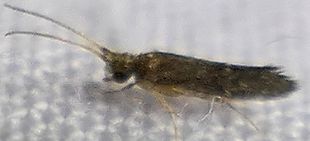
Unknown sp. (saddle casemaker caddisfly)
| Caddisflies can look a lot like moths and, indeed, their order, Trichoptera, is closely related to Lepidoptera. While moths have scales on their wings, caddisflies have hairs. |
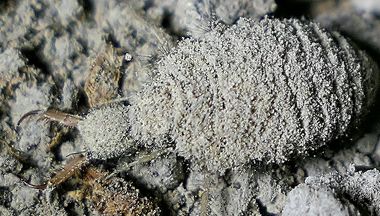
Myrmeleon sp. (antlion larva)
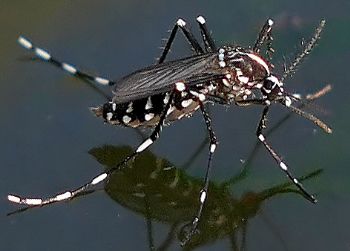
Aedes albopictus (Asian tiger mosquito)

Coelotanypus concinnus (midge, male)
| Mosquitoes (Culicidae) and midges (Chironomidae) both have aquatic larvae that have adapted to low-oxygen conditions. While immature mosquitoes breathe air through a tube at the water's surface, midges absorb oxygen from the water through their bodies. |
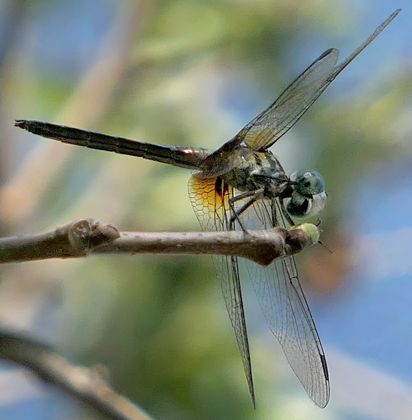
Pachydiplax longipennis (blue dasher)

Strymon melinus (gray hairstreak)
| The false eye and antenna-like tails at the rear of a hairstreak's wing are a defense against jumping spiders, which possess excellent eyesight. Jumpers aim for the head of their prey and the slowly moving, colorful lures entice the predator to strike at the wrong end and allow the butterfly to escape. |

Ruellia nudiflora (violet ruellia)
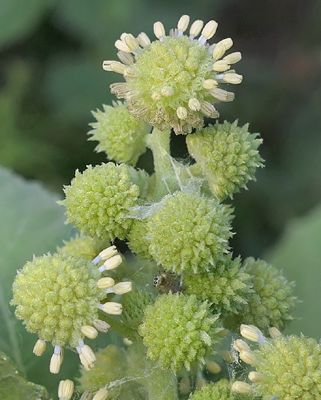
Xanthium strumarium (common cocklebur)
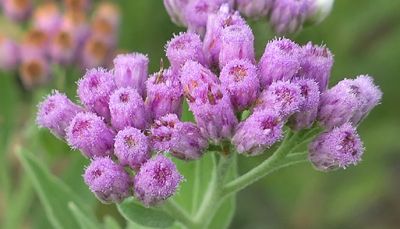
Pluchea odorata (saltmarsh fleabane)

Helianthus maximiliani (Maximilian sunflower)
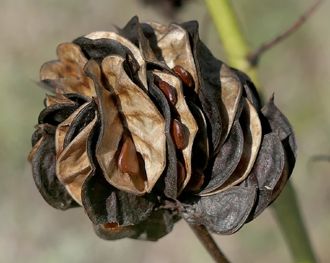
Desmanthus illinoensis (Illinois bundleflower)

Euphorbia bicolor (snow-on-the-prairie)
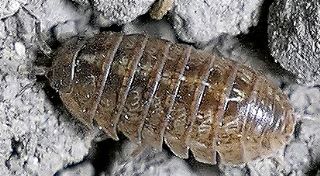
Armadillidium vulgare (pillbug)
| Pillbugs are isopods, a type of crustacean. They actually have gills, protected by plates to reduce moisture loss, but will drown if submerged in water. |

Oxyopes salticus (striped lynx)

![]()